
Weather
The conditions of the environment, such as wind and temperature, are known as weather conditions. Weather plays a big part in starting and spreading wildfires. Three weather conditions that impact wildfires are temperature, relative humidity and wind conditions.
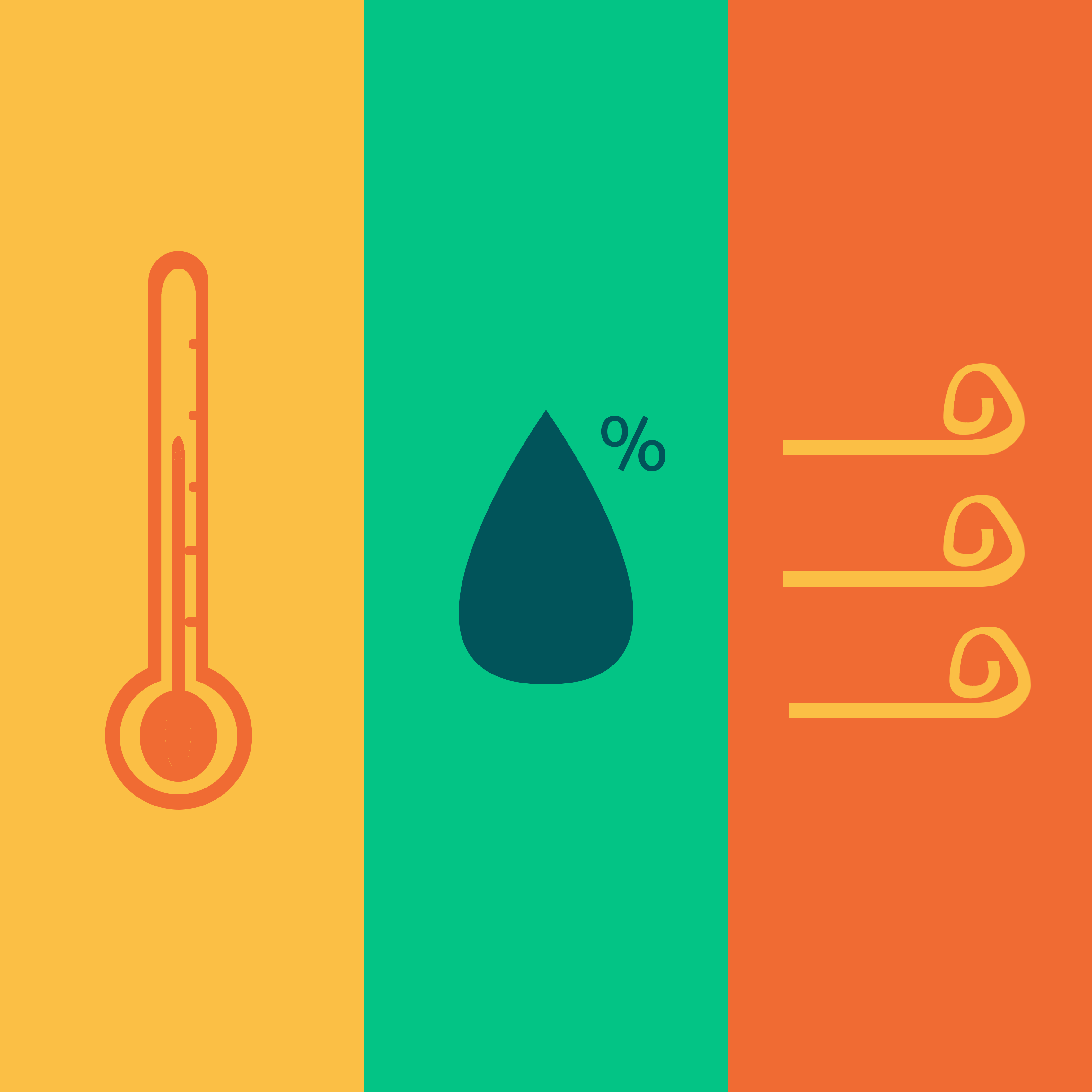
Temperature
|
Temperature tells us how cold or hot the surrounding air is. Sun rays heat up the air, this is why daytime air is typically hotter than night time air. |
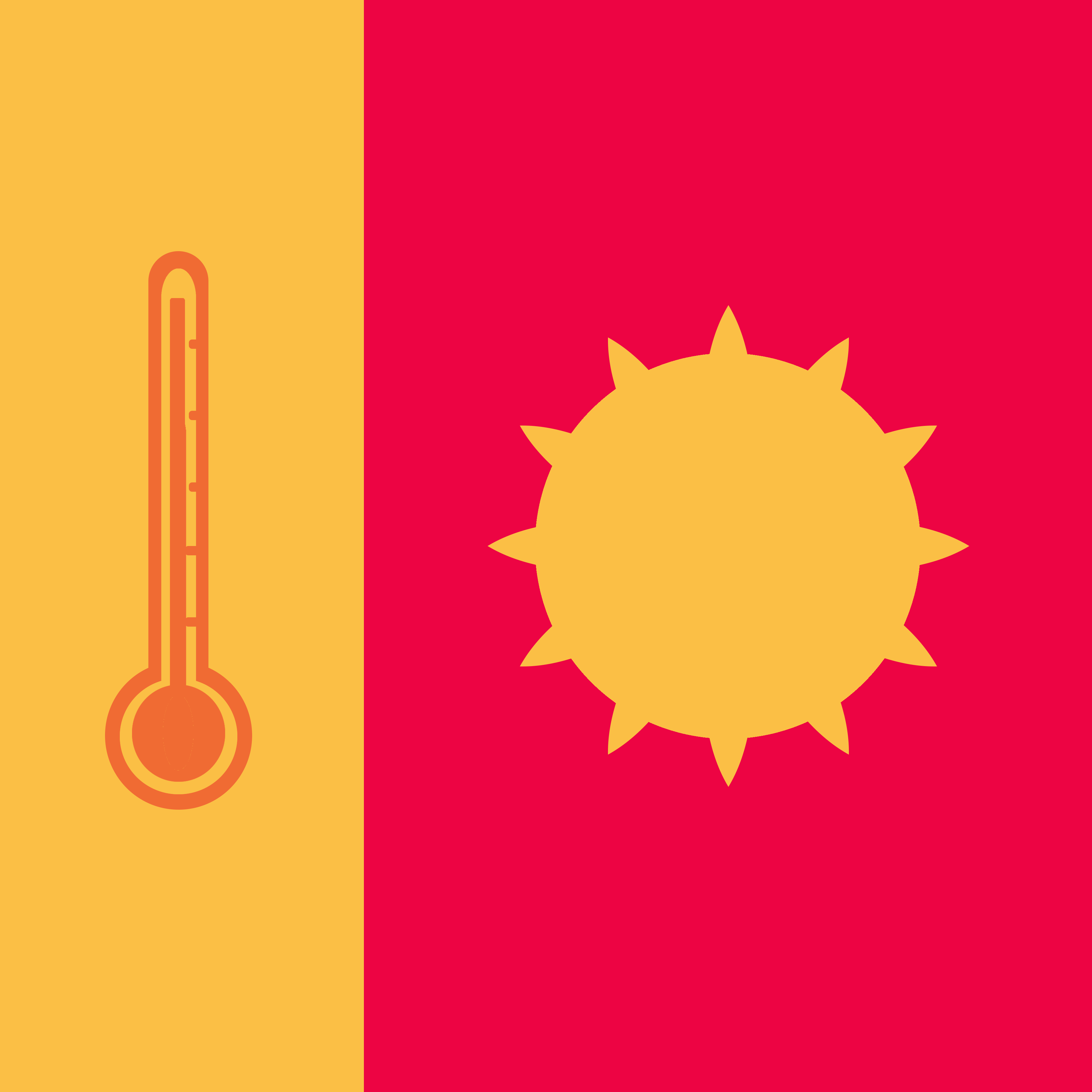
|
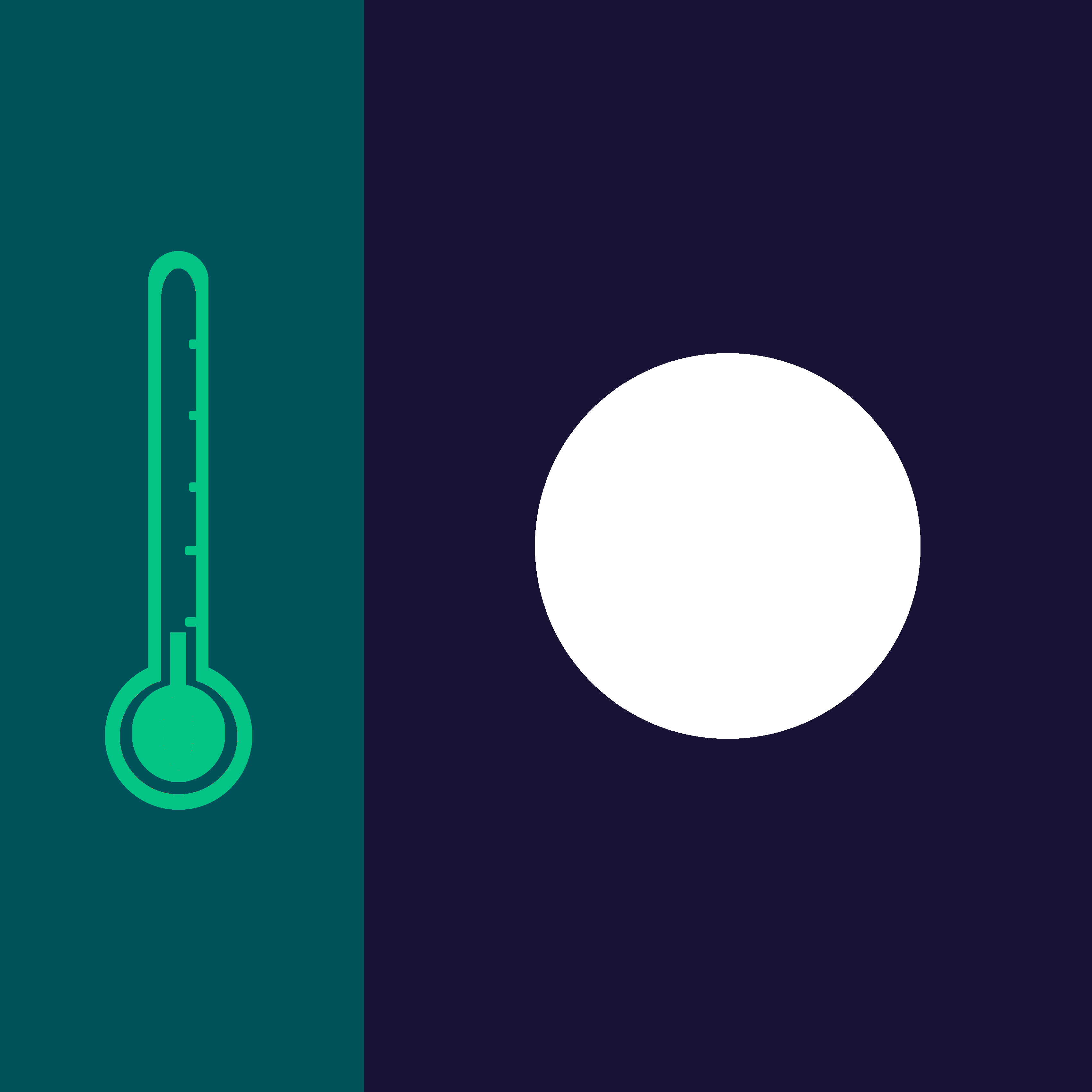
|
During hot days with high temperatures, plants and trees can heat up. Plants and trees which have heated up catch on fire more easily. This is why fire danger can be high during hot days. During cold days, the cold air can cool down plants and reduce the risk of a fire starting. |
Relative Humidity
|
Relative humidity is the amount of water in the air. Plants and the air trade water. In conditions where the air has a lot of water, plants have more water to absorb. |
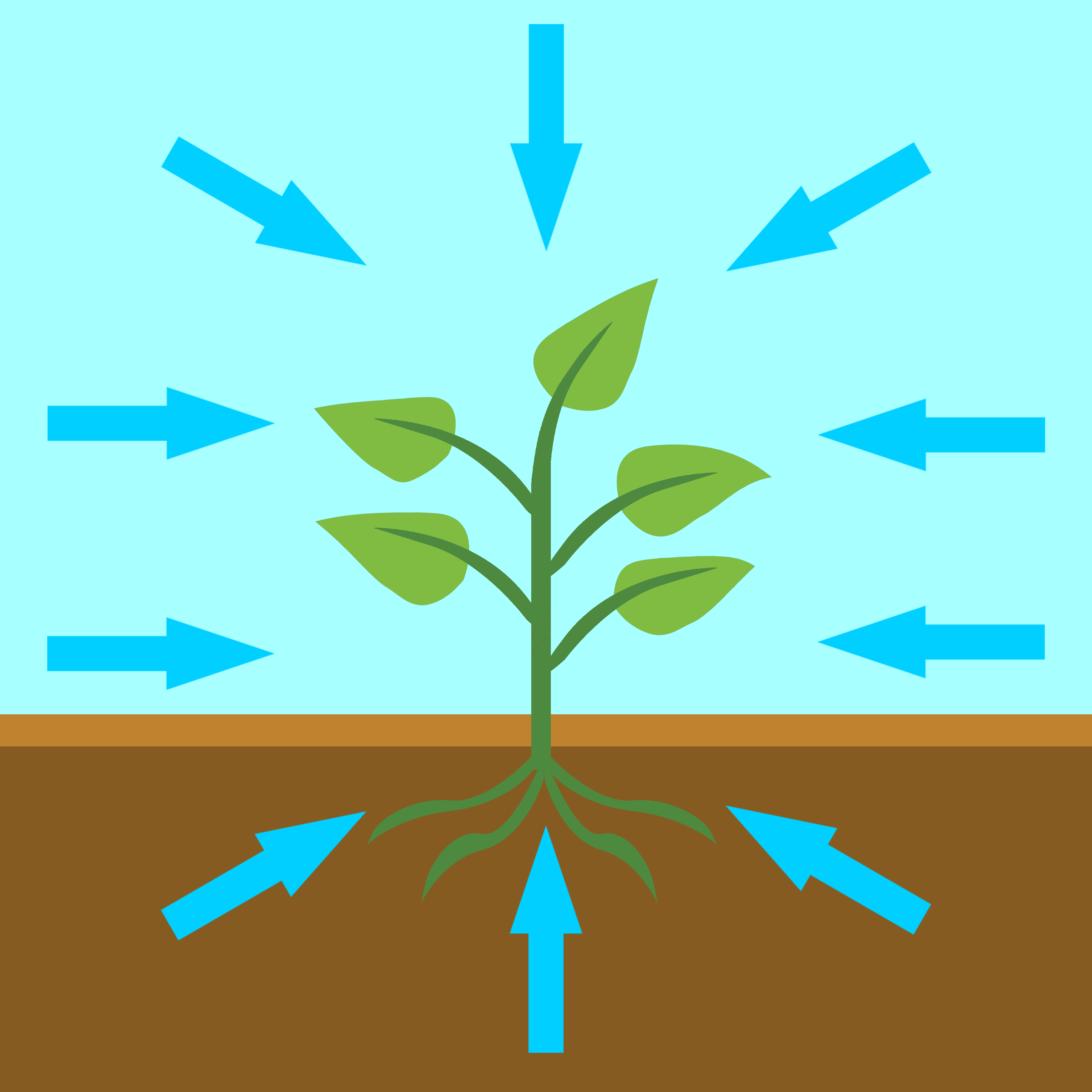
|
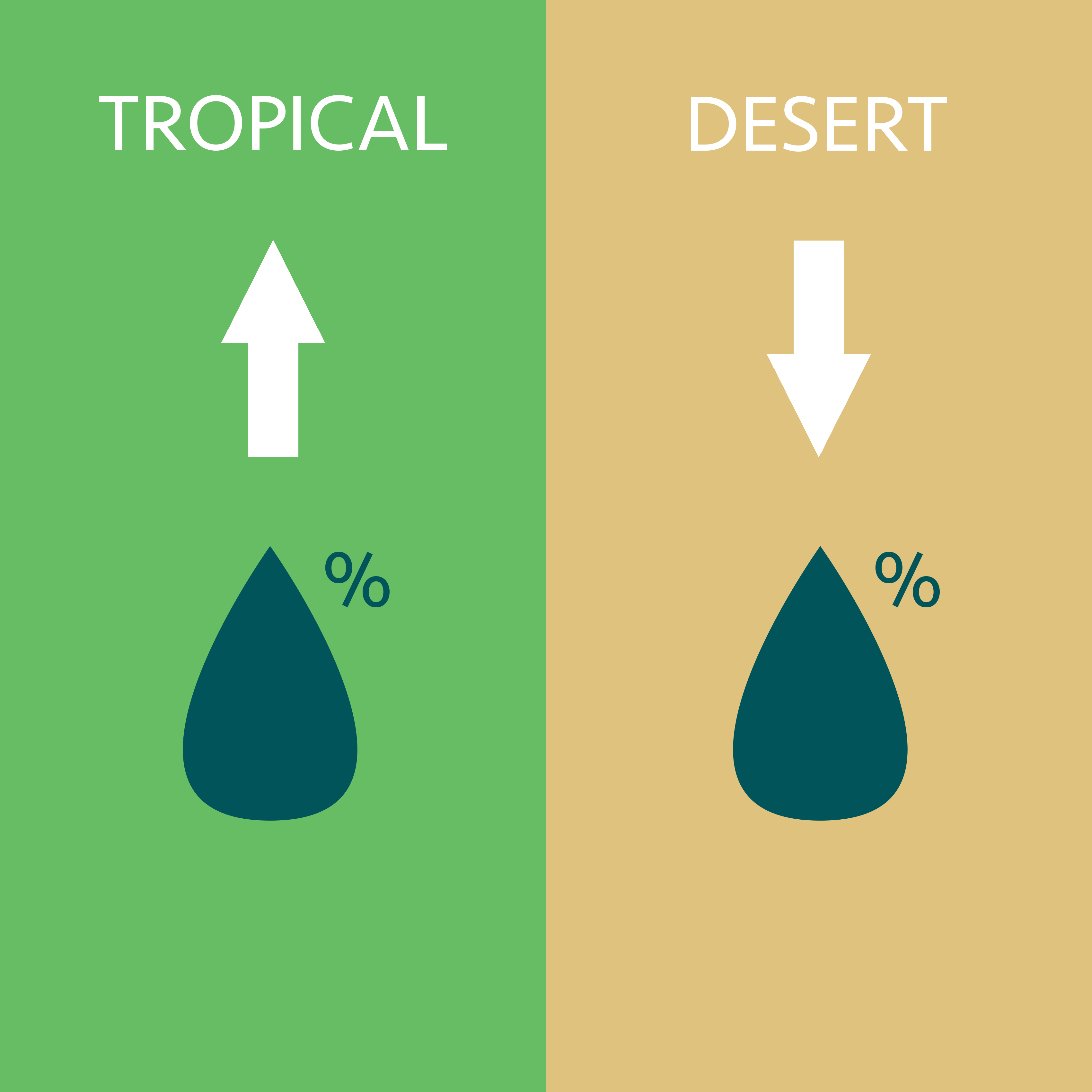
|
If the amount of water in a plant increases by a lot, it is harder for a fire to start in that plant. Deserts are known to have low relative humidity. Tropical forests have high relative humidity. |
Wind
|
Wind is air in motion. Wind has a direction and a speed. Wind can come from the North, South, East and West, these are known as the cardinal directions. The picture to the right has the cardinal directions. |
 |
|
How do we measure how fast the wind is blowing? Wind speed is often given in miles per hour, for example by the T.V. weather person. Days with fast winds increase the chances of a fire starting. |
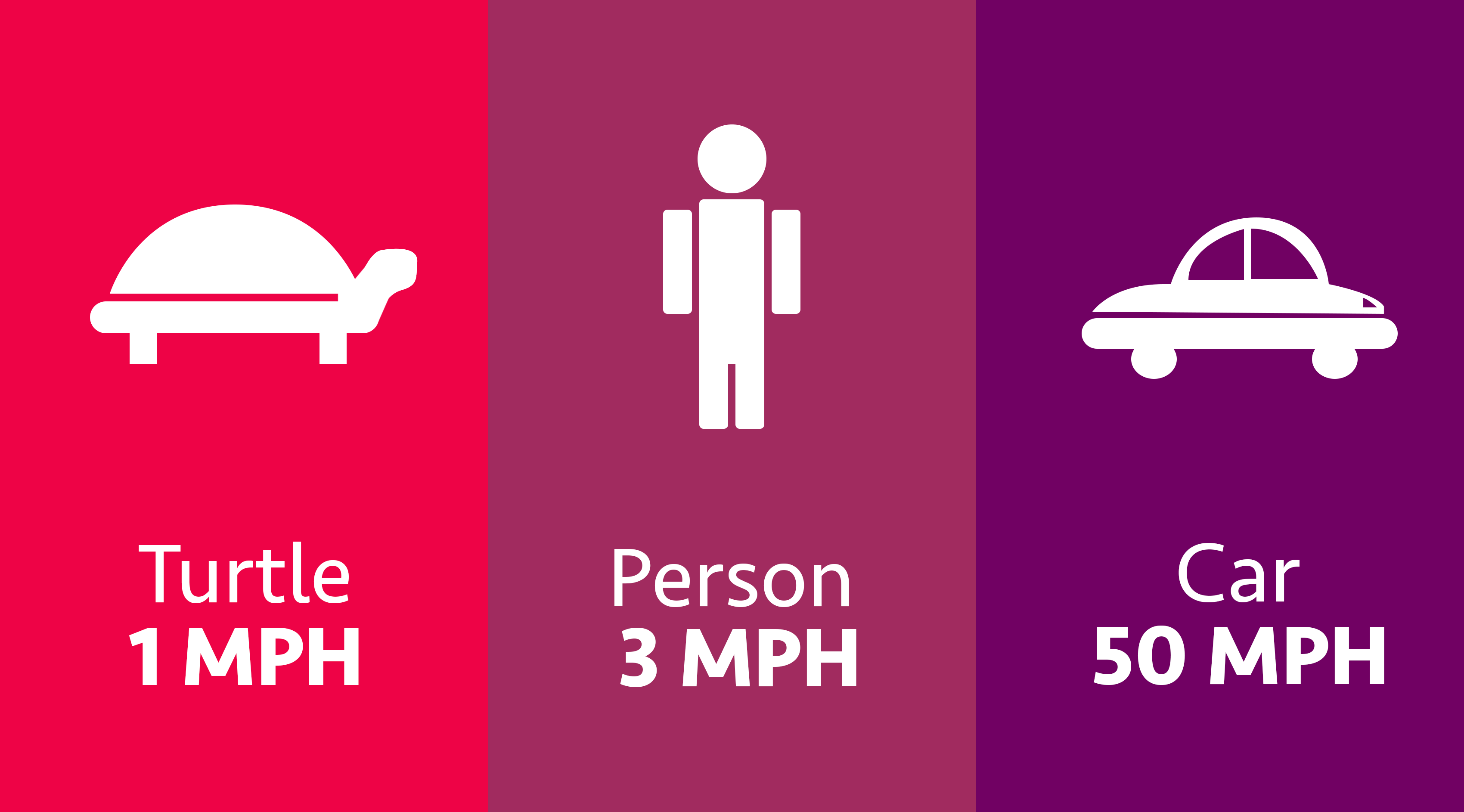 |
So why does wind increase the chances of fire?
- Fire needs oxygen to burn, wind transports oxygen to keep fires burning
- Fire needs heat to burn, wind transports heat to keep fires burning
- Wind changes the direction of a fire
- Wind can blow burning things away to far places and start new fires
There are many things that affect fires. The lessons here have showed how these things can make a fire big or small, fast or slow. You now get to practice what you have learned with an interactive game. Follow the link below to go to the game.
Let's get started!